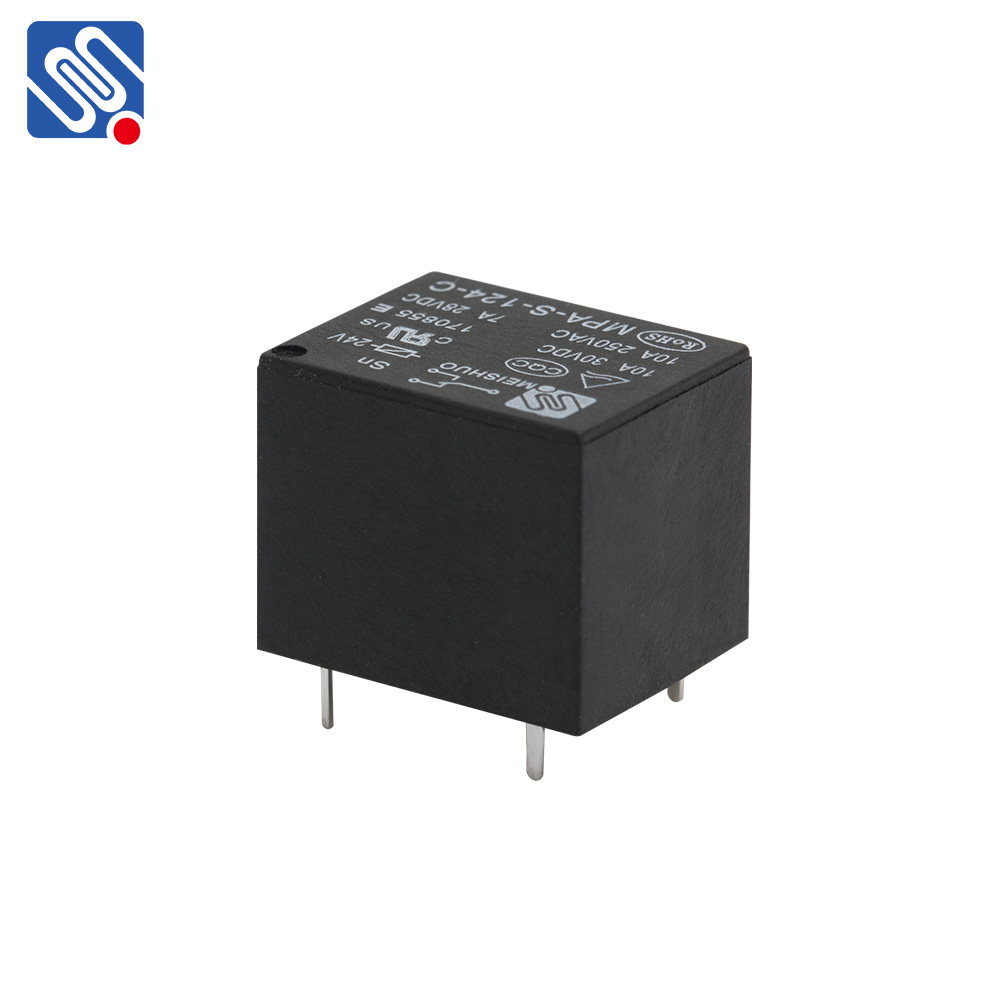Relay drive technology plays a pivotal role in various electrical control systems, providing a reliable and efficient means to control high-power circuits with low-power signals. This method of driving electrical devices has been in use for decades, offering versatility and precision across different industries, including automation, telecommunication, and home appliances. In this article, we will explore the functioning of relay drives, their components, applications, and their advantages in modern electronic systems.

What is Relay Drive? At its core, a relay drive is a system designed to control a relay — an electrically operated switch. A relay consists of an electromagnet, contacts, and a spring. When a small current passes through the electromagnet, it generates a magnetic field that activates the contacts, either opening or closing a circuit. Relay drives use low-power control signals to switch high-power circuits, making them invaluable in applications where it is necessary to control large electrical loads using relatively small signals. Relay drives can be activated by various control signals, including voltage from a microcontroller, sensor output, or logic circuit. Once the relay is activated, its contacts will switch the connected high-power circuit on or off, allowing for precise control over large equipment or systems.